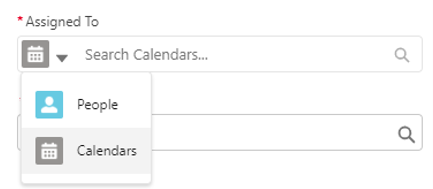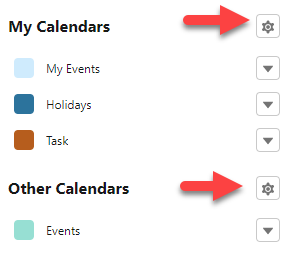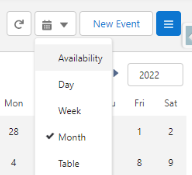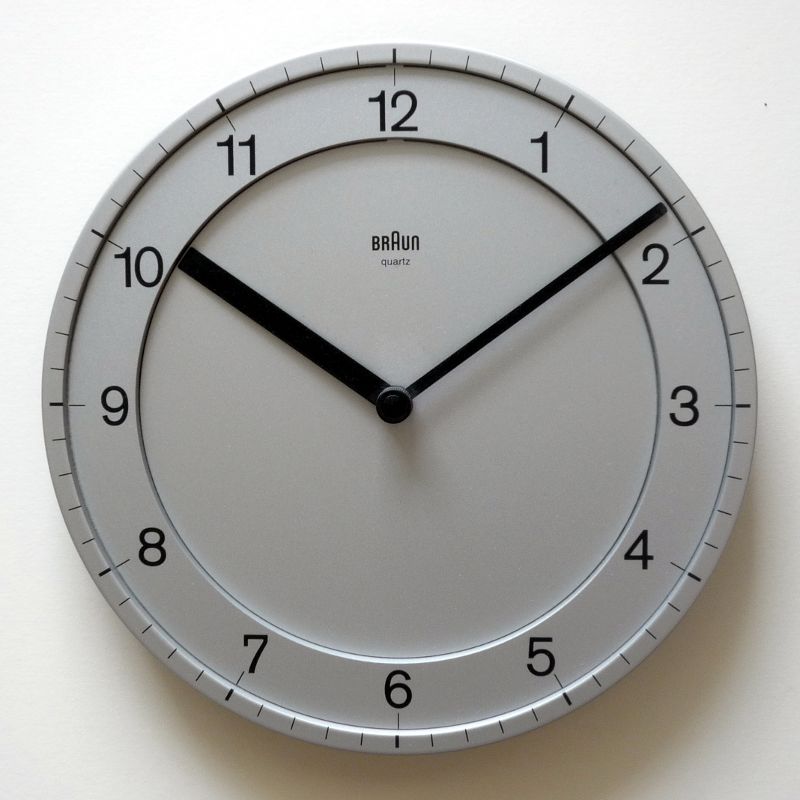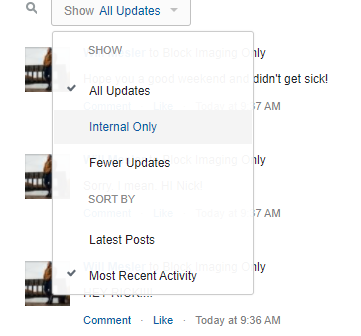
Salesforce Duplicate Records in Lightning
Salesforce duplicate records, who needs them, who wants them! Am I right?
With Lightning, there is an easy way to find these lurkers in our records. This agent of truth appears like the following.

This Hero is known as the Duplicate Matching Component and is fueled by Duplicate Rules, Matching Rules, and justice.
These rules can differ from company to company, but they serve as the primary identifier of duplicates. For example, in our organization, a duplicate will only be flagged on Contacts if three of the following criteria are met. 1) First and Last Name Matches 2) Email Matches 3) Account Name Matches 4) Phone Number Matches.
Finding and Merging Salesforce Duplicate Records
Like all true and good Heroes, it knows that the real work must come from all and thus will not take action against these duplicates. That is the responsibility of the masses. When found, these duplicate records must be merged and properly subjugated to the correct account.
This is done by clicking “View Duplicates”.
An important note: When a Duplicate is merged, the second record will be destroyed and the Merge CAN NOT be undone.

From here, select the records you would like to merge. Click next.
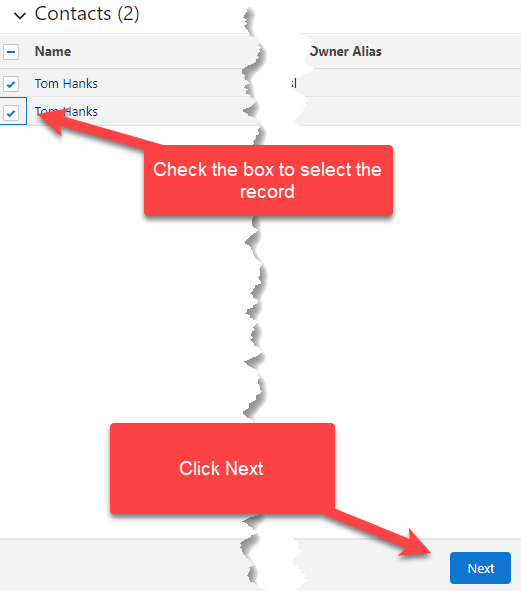
When a record is merged all related records will be moved over as well. The Chatter Feed will only be preserved on the master records. Best to look through and see if there is any information that needs to be kept. Files uploaded to the chatter feed or saved to the records will be saved on the merged records.
Merged Records
In this next screen we will decide which record is the master and which record is going to be merged into the master.
Best practice is to use the oldest of the two records or the record that has the most records related to it. By that I mean if a Contact has 10 more Opportunities attached it, that one should be used.

Click Next.
Here our good and faithful hero explains to us again the importance of this task and reminds us the Merge CAN NOT be undone.

When you are sure that you gathered the correct information and most current information. Click finish. Lean back and know that you did good work.
Well done. Our Hero solutes you.
If you have questions about how to identify and delete duplicate records, or any other Salesforce questions, the crew at ForceMedic Design would love to help. Give us a shout here!

